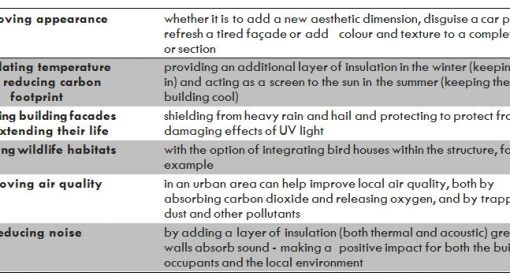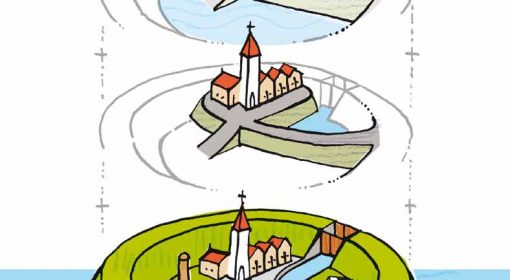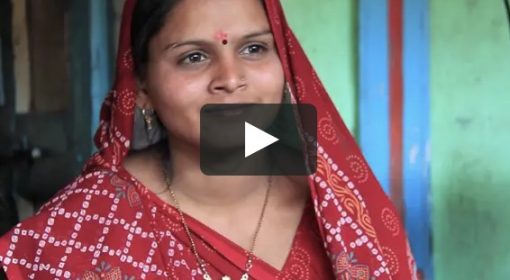An eco-city or sustainable city is an ecologically healthy city.They are planned on the principles of living within the means of the environment. The idea also contains objectives of stimulating economic growth, reducing poverty and improving health. Notably, a key objective is to achieve higher population densities in order to achieve higher efficiency. This makes for a strong case for multifunctional infrastructure forming the basis of eco-cities.
It is estimated that over 50% of the world’s population now lives in urban areas. These large communities provide both challenges and opportunities for enviromentally-concious developers.
Each city is unique, there is no one model or one way to zero-down upon the perfect concept. Experts have shifted back and forth between using a range of terms, that has included “garden city,” “green city,” sustainable city,” “ecological city,” “smart city,” or “aquatic garden city.” Clearly, each of these terms represents a specific set of concerns, pertaining to specific contexts and specific points in time.
Here is one very specific example, of individual elements that add up to form systems that are identified by some of the above names: Innovative design of pavement systems may be a result of the aim to achieve multifunctionality. Using sustainable materials and appropriate techniques, permeable pavements are constructed in order to allow the movement of storm water through the surface. In addition, runoff is reduced, suspended solids are trapped and pollutants filtered, thus improving water quality.
This idea is incorporated in the development of roads, paths, lawns, parking lots, cycle-paths, service or emergency access lanes, road and airport shoulders, residential sidewalks and driveways.


Almere, The Netherlands: An Eco-City
Almere in The Netherlands is a new and evolving urban lab. It lies three meters below the sealevel, on the young soils of clay and sand that have been exposed to the surface only since 1968. This is because Almere stands on polder land, newly reclaimed from the waters of the Ijsselmeer Lake.
Designed by Van Duin and Otto at the beginning of the 1970s, housing was a key element in Almere’s plan which included a low-density housing of 38 houses per hectare,all within walking or cycling distance of business, educational, transport and recreational facilities. Another key aspect of the plan was the large stretches of open landscape, in conjunction with green wedges penetrating into and between residential areas. Further, key green ecological elements are incorporated within the neighbourhoods and between them. There is also a clear separation between residential areas, business parks and the main urban nuclei, through buffer zones with well-conceived recreational and transportation functions.
Has Almere lived up to its objectives as an eco-city? Any assessment of it would have to acknowledge that it is the fastest- growing municipality in the Netherlands, with 7,000 new residents coming in each year. Therefore, there is clearly something on offer here.

Almere principles
Cradle to cradle (C2C) is a design approach that requires industry to protect and enrich ecosystems and nature’s metabolism. At the same time, it must maintain a safe, productive technical metabolism for the high-quality use and circulation of organic and technical nutrients. Put simply, it is a holistic economic/industrial/social framework that seeks to create systems that are not only efficient but also waste-free . The model in its broadest sense is not limited to industrial design and manufacturing; it can be applied to many aspects of human civilization such as urban environments, buildings, economics and social systems(source: Wikipedia). It proposes that designers must think as much about what happens at the end of a product’s life cycle as they do about its beginning. C2C forms the basis of the seven Almere Principles:
- Cherish diversity
- Connect place and context
- Combine city and nature
- Anticipate change
- Continue to innovate
- Design sound systems
- People make the city
Do you live in an eco-city like this? Or close to one? Have you interacted with what is categorised as Green Infrastructure? Would you like to share your experiences? Please use the Comments section below.
More info:
- Inhabitat: http://inhabitat.com/tag/almere/
- Sustainable communities: http://sun.louisville.edu/sustain/SUSTAIN%2021.pdf
- Cradle to cradle by William McDonough
- The Realitet project: www.derealiteit.com
- Zoneiland project: www.nuon.com/company/core-business/energy-generation/Sun-Island.jsp
- European green capital award: Watch Eco-city Hamburg 2011
{jcomments on}



